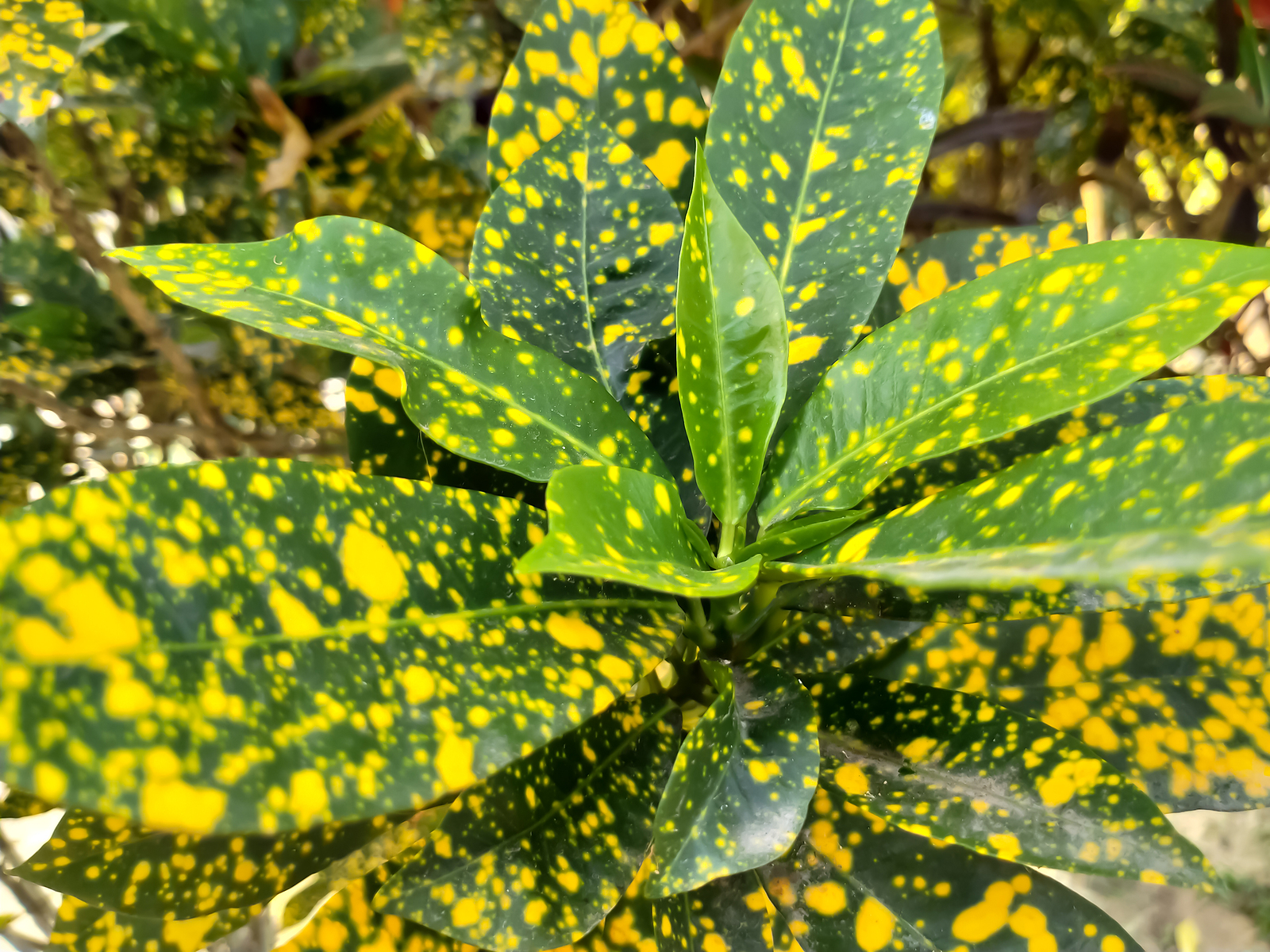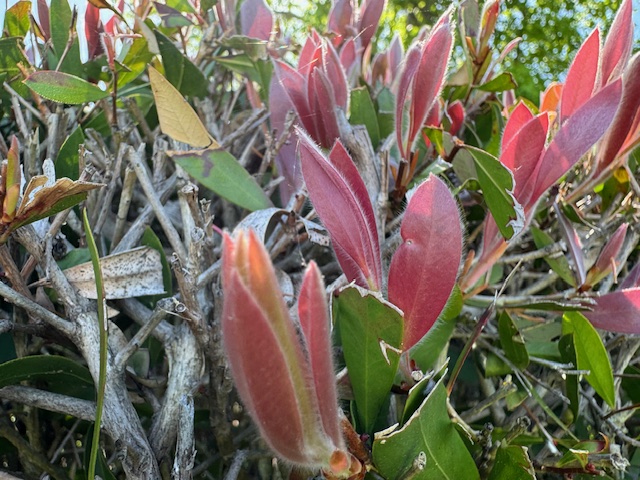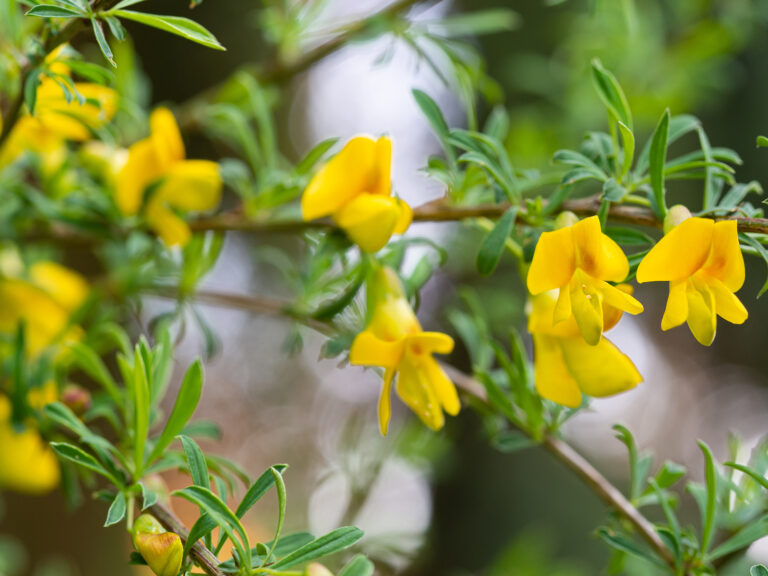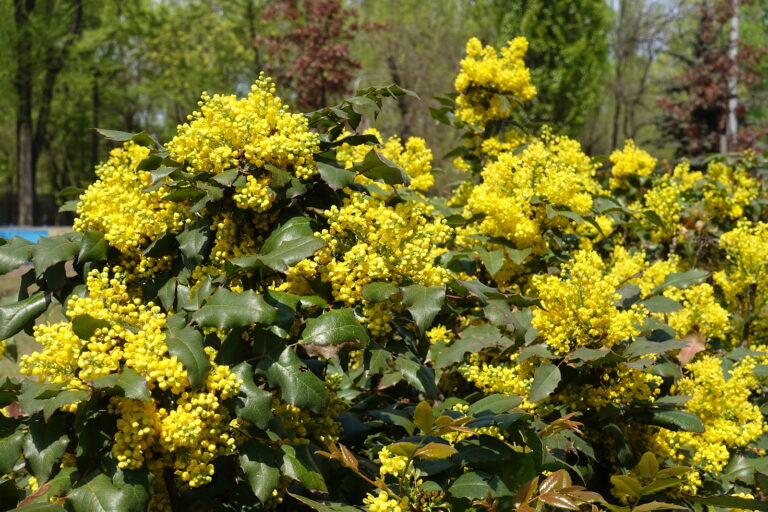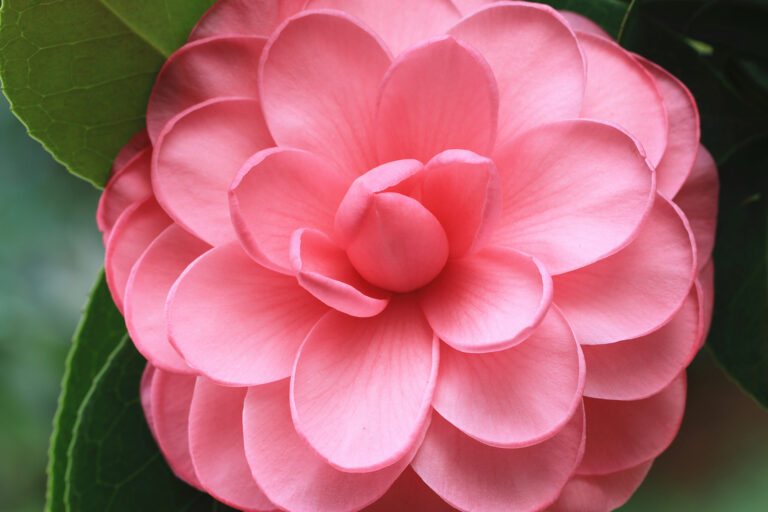How to Grow Aucuba
Aucuba is a shurb grown in mild-winter regions for its handsome leathery, often variegated, leaves and also for its shade tolerance and tolerance to a wide range of soils.
There are just three or four species of Aucuba but several cultivars. Aucubas can be divided into green leaf cultivars and variegated varieties. Variegated varieties are often grown in shade where the yellow or white flecking of the leaves seems to brighten the shade.
Aucuba tolerates low light under the shade of trees and also can compete with tree roots. Aucubas are a good choice for growing in tub or containers on a shaded patio.
Get to Know Aucuba
- Plant type: Broad-leaved evergreen shrub
- Growing zones and range: Zones 7 to 10
- Hardiness: Hardy to Zone 7
- Optimal growing temperature: day at least 70℉ (21℃), night 40° to 64℉ (4°-18℃)
- Height and width: 6 to 9 feet (1.8-2.7m) or higher and almost as wide.
- Growth rate: Slow.
- Form and habit: Upright, rounded.
- Foliage: Stiff, leathery, elliptical, 3-8 inches (7.6-20.3cm) long, lustrous dark green; variegated forms tops are flecked with yellow; develops multiple succulent stems that branch and leaf out, usually all the way to the ground.
- Flowers: Female flowers are minute and dark maroon, borne in the axils of the leaves; male flowers, in upright terminal panicles 2-4 inches (5.1-10.2cm) long.
- Fruits: Scarlet berry-like drupes on female plants; also, plant any male Aucuba as a pollinator.
- Bloom time: Early to mid-spring
- Uses: Screen, hedge, background shrub for shade; use groups of Aucuba to soften shaded walls and brighten dim corners, or as a background hedge for perennials or small flowering shrubs, such as azaleas; gardeners in cold regions can grow Aucuba in tubs and use them as a screen or as background plants in patio and terrace gardens.
- Garden companions: Ferns, hydrangeas
- Common name: Japanese laurel, gold-dust plant, spotted Laurel, Japanese Aucuba
- Botanical name: Aucuba
- Family name: Cornaceae
- Origin: Himalayas and Japan
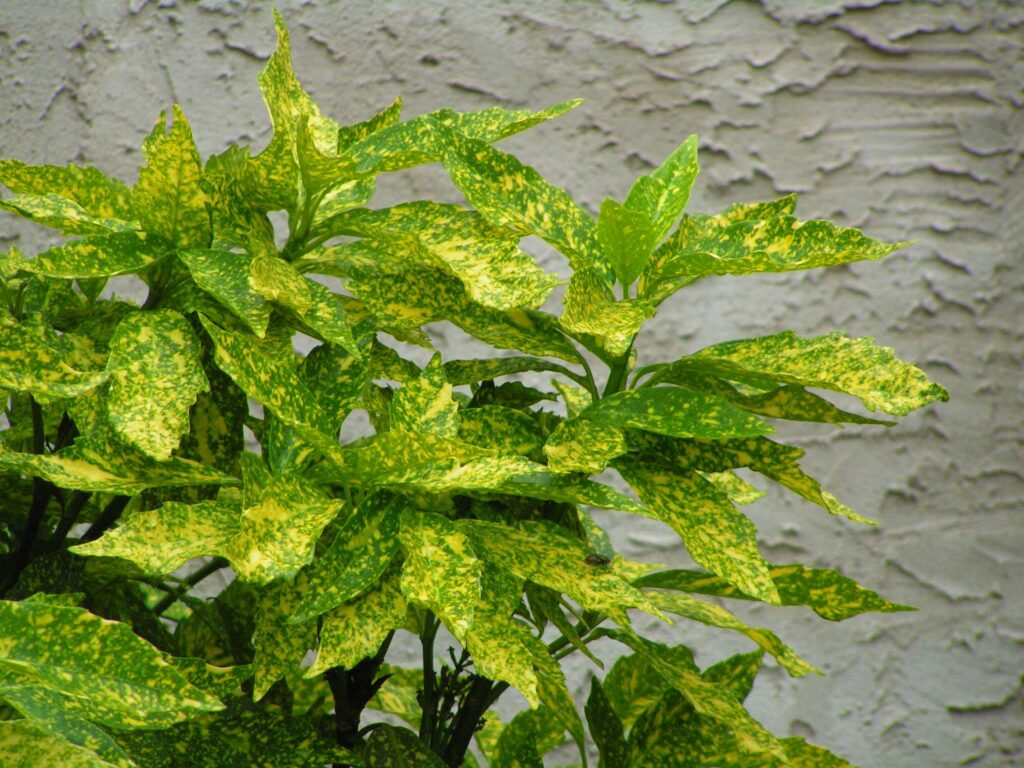
Where to Plant Aucuba
- Plant Aucuba in shade to deep shade.
- Plant Aucuba in well-drained, humus-rich, well-drained soil, pH adaptable soil.
When to Plant Aucuba
- Container-grown Aucuba transplants easily in early spring or late summer.
Planting and Spacing Aucuba
- Space Aucuba 6 to 9 feet (1.8-2.7m) apart.
- Aucuba survives under densely rooted trees where even grass won’t grow.
- Protect Aucuba from winter sun and wind in the more northern regions.
How to Water and Feed Aucuba
- Aucuba prefers moisture, but it can tolerate drought.
- Feed Aucuba with an all-purpose organic fertilizer in spring.
How to Prune and Care for Aucuba
- Prune Aucuba to control its height.
- The pruning season for Aucuba is early spring into summer.
- Late winter and late summer are the best times to prune to control Aucuba height and sprawl.
Growing Aucuba as a Houseplant
- Aucuba can tolerate a wide range of indoor temperatures; it can survive in an unheated room where winters are mild.
- Aucuba needs bright light and low to medium humidity.
- The soil should be allowed to dry to the touch between thorough waterings.
- Fertilize established plants every three to four months.
Aucuba Pests and Diseases
- Aucuba is susceptible to attack by mealybugs and mites.
Aucuba Propagation
- Aucuba shoots that touch the ground eventually root and produce new plants, which transplant readily in the fall.
- Sow seed in containers in autum.
- Root semi-ripe cuttings in summer.
Aucuba Varieties to Grow
- Aucuba japonica, Japanese Aucuba, usually growing to about 6 feet (1.8m) (occasionally up to 10 feet (3.1m) or more) and slightly narrower, this species bears .33 inch (.8cm) purple flowers in early to mid-spring, the males in upright terminal panicles to 4 inches (10.2cm) long and the females in shorter panicles in the leaf axils. In mid-autumn, females bear elliptic, bright red, .5 inch (1.3cm) long fruits, up to five in a cluster.
- ‘Longifolia’ (‘Salicifolia’), green-leafed, narrow willowlike leaves (female)
- ‘Maculata’, is a male plant blotched with yellow-white.
- ‘Mr. Goldstrike’ has more gold than ‘Variegata’ and grows just 4-6 feet (1.2-1.8m) high.
- ‘Rozannie’, green-leafed, and is reportedly self-fertile.
- ‘Serratifolia’, long leaves, coarsely toothed edges.
- ‘Sulfur’ (‘Sulfurea Marginata’) has wide yellow edges.
- ‘Variegata’, a female plant, produces large, persistent red berries when pollinated by a male. Gold-flecked and was introduced to the trade before the species.

